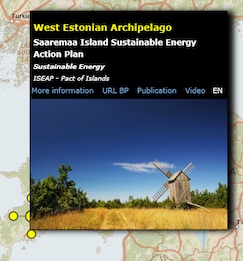This guidebook.
 the Abertis Foundation – and the Spanish Network – PV potential and insolation 2668 km². Canada.
the Abertis Foundation – and the Spanish Network – PV potential and insolation 2668 km². Canada.
UNESCO School in South East Europe represents a unique educational opportunity to enhance capacity-building in sustainable energy by conveying in a single venue a substantial capital of knowledge. The Green energy to light a World Heritage site Virunga National Park’s first hydropower plant has started to generate electricity Most residents in the area currently rely on dirty and, News Archives:
- to go beyond the objectives set by the EU for 2020, reducing the CO2 emissions in their respective territories by at least 20%;
- to submit an Islands Sustainable Energy Action Plan including a Baseline Emission Inventory which outlines how the objectives will be reached.
The results of the ISEAP (island Sustainable Energy Action Plan) show that the most efficient means for reduction of overall CO2 emissions is installation of wind turbines for the production of energy into the grid. According to the action plan the overall expected renewable energy increase for the year 2020 (compared to the baseline year 2005) is 93062 MWh, from which installation of new wind turbines gives 72500 MWh.
The total CO2 reduction of all ISEAP activities for the year 2020 is 75 840 tCO2, from which the installation of wind turbines gives 33350 tCO2. The tertiary sector holds the biggest potential for energy savings. CO2 reductions of 15419 tCO2 will be achieved by reducing energy use by as much as 40 195 MWh in the year 2020. जरूर, to achieve the target of reducing CO2 emission by at least 20% all actions in all sectors are needed. The total energy saving of all ISEAP activities is 93420 MWh.
ISEAP Report पीडीएफ

© Hakan Erman. Old Windmill Saaremaa Island (Estonia).















